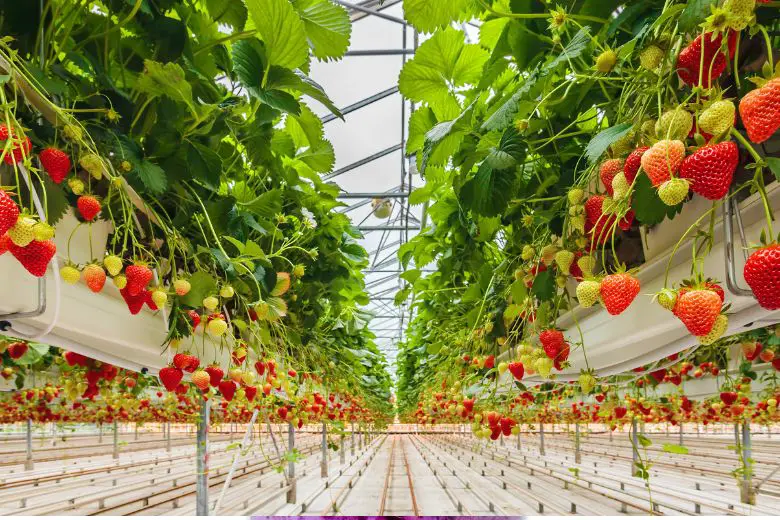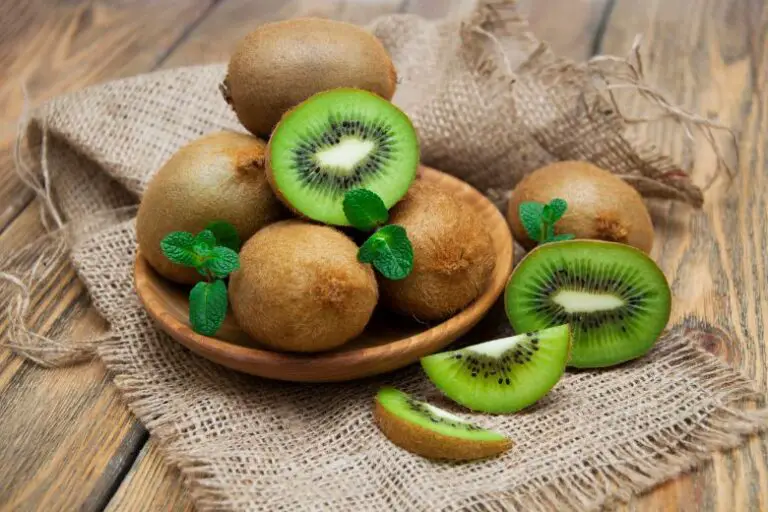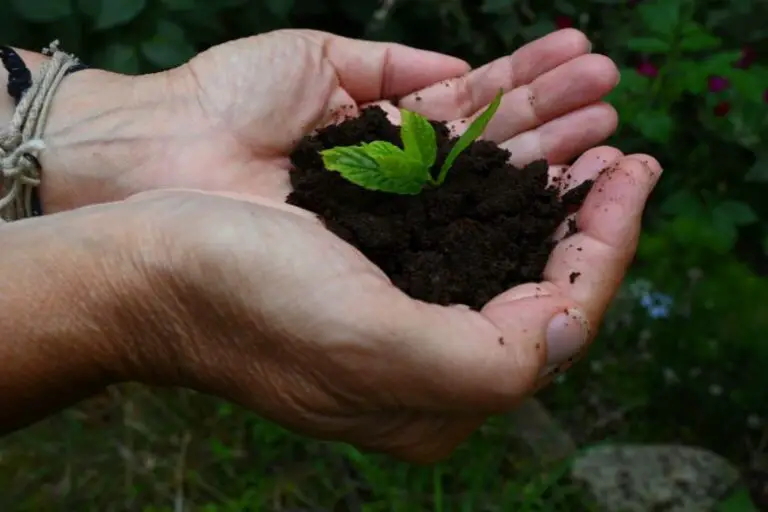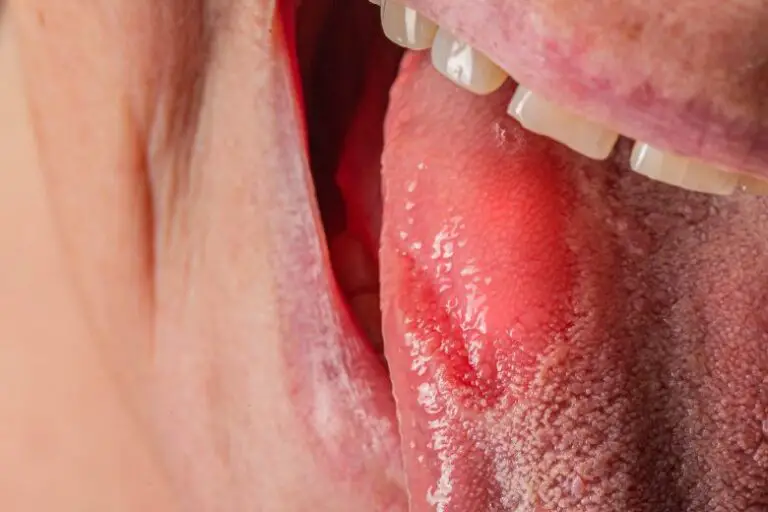Can You Grow Strawberries in Hydroponics?
Hydroponics, a soil-less method of gardening, has gained significant popularity in recent years. This innovative technique allows plants to thrive in a nutrient-rich water solution, providing all the necessary elements for growth. One of the fascinating aspects of hydroponics is the ability to cultivate various crops, including strawberries. In this article, we will explore the process of growing strawberries in hydroponics and the benefits it offers.
Benefits of Growing Strawberries in Hydroponics
Year-round Cultivation
One of the significant advantages of hydroponics is the ability to grow strawberries throughout the year. Unlike traditional soil-based gardening, hydroponics allows you to control the growing conditions, providing strawberries with optimal temperature, lighting, and nutrient levels. This control enables continuous production and eliminates the dependence on seasonal variations.
Space Efficiency
Hydroponics is an excellent solution for those with limited space. Growing strawberries vertically in a hydroponic system maximizes the use of space. By utilizing techniques such as vertical towers or stacked systems, you can grow a significant number of strawberry plants in a small area.
Increased Yields
With hydroponics, strawberries can achieve higher yields compared to traditional soil cultivation. The precise control over nutrient delivery ensures that plants receive the ideal amount of nutrition for optimal growth. Additionally, the ability to grow strawberries vertically allows for increased planting density, further enhancing the yield potential.
Controlled Environment
In a hydroponic system, you have complete control over the growing environment. This control minimizes the risks associated with external factors such as weather conditions, pests, and diseases. By creating an ideal environment, you can provide strawberries with the best conditions for growth, leading to healthier plants and higher yields.
Reduction in Pests and Diseases
Growing strawberries in hydroponics significantly reduces the risk of pests and diseases. Since hydroponics eliminates the use of soil, many soil-borne pests and diseases are avoided. Additionally, the controlled environment and proper hygiene practices further minimize the chances of infestations or outbreaks.
Setting Up a Hydroponic System for Strawberries
To grow strawberries successfully in hydroponics, it is essential to set up the right system and create an optimal growing environment. Here are the key steps involved:
Choosing the Right System
There are various hydroponic systems available, but some are particularly suitable for strawberries. The nutrient film technique (NFT) and deep water culture (DWC) systems are commonly used for strawberry cultivation. Consider factors such as space availability, budget, and personal preferences when selecting a system.
Selecting Strawberry Varieties Suitable for Hydroponics
Not all strawberry varieties are well-suited for hydroponic cultivation. Look for varieties specifically bred or recommended for greenhouse or hydroponic production. These varieties are often selected for their vigorous growth, disease resistance, and high fruit quality.
Preparing the Growing Medium
In hydroponics, the growing medium serves as a support structure for the plants and facilitates nutrient delivery. Popular choices for hydroponic strawberries include coconut coir, perlite, or a mix of different materials. Ensure that the growing medium has excellent drainage properties and retains enough moisture for the roots.
Providing Adequate Lighting and Temperature
Strawberries require sufficient light for photosynthesis and optimal growth. If natural sunlight is limited, supplement it with artificial lighting, such as LED grow lights. Additionally, maintain the appropriate temperature range for strawberry plants, typically around 18-25°C (65-77°F), to ensure healthy growth.
Monitoring and Adjusting Nutrient Levels
Regularly monitor the nutrient levels in the hydroponic system to ensure that strawberries receive the required nutrients. Maintain the optimal nutrient balance for strawberries, including essential macronutrients (nitrogen, phosphorus, potassium) and micronutrients (iron, manganese, zinc). Adjust the nutrient solution as needed to prevent deficiencies or toxicities.
Maintaining Proper pH Levels
The pH level of the nutrient solution affects nutrient availability and absorption by the plants. Strawberry plants thrive in a slightly acidic to neutral pH range, around 5.5-6.5. Regularly measure and adjust the pH levels using appropriate pH testing kits or meters.
Planting and Growing Strawberries in Hydroponics
Once the hydroponic system is set up and the growing environment is optimized, it’s time to plant and grow strawberries. Follow these steps for successful cultivation:
Starting with Strawberry Runners or Transplants
Strawberries can be propagated from runners or purchased as transplants. Runners are the thin stems that grow from the mother plant and develop small plantlets at their tips. Transplants are young strawberry plants already started from runners. Choose healthy runners or transplants for optimal growth.
Planting in the Growing Medium
Carefully plant the strawberry runners or transplants into the prepared growing medium, ensuring the roots are well-covered and supported. Place the plants in the hydroponic system, allowing enough space between each plant to prevent overcrowding. Secure the plants in place to prevent shifting or dislodging.
Maintaining the Nutrient Solution
Regularly monitor and maintain the nutrient solution in the hydroponic system. Ensure that the solution reaches the roots of the strawberry plants effectively. Adjust the nutrient levels and replenish the solution as needed to provide a consistent supply of essential nutrients.
Pruning and Training the Plants
To promote healthy growth and prevent overcrowding, prune the strawberry plants regularly. Remove any dead or damaged leaves, as well as runners that are not needed for propagation. Train the plants to grow vertically or horizontally, depending on the chosen system, to optimize space utilization and airflow.
Pollination Techniques
Strawberry plants require pollination to produce fruit. In a hydroponic system, the absence of wind or insects can hinder natural pollination. To overcome this, you can manually pollinate the flowers using a small brush or gently shake the plants to aid in pollen transfer. Alternatively, introduce pollinators like bees into the greenhouse or use specific pollination techniques.
Nutrient Requirements for Hydroponic Strawberries
In a hydroponic system, providing the right balance of nutrients is crucial for the health and productivity of strawberry plants. Here are the key aspects to consider:
Essential Macronutrients and Micronutrients
Strawberries require various macronutrients and micronutrients for their growth and development. Macronutrients include nitrogen, phosphorus, potassium, calcium, magnesium, and sulfur, while micronutrients encompass iron, manganese, zinc, copper, molybdenum, and boron. Ensure that the nutrient solution contains adequate amounts of these essential elements.
Balancing Nutrient Concentrations
Maintaining the proper balance of nutrients is essential for preventing deficiencies or toxicities. Monitor the nutrient concentrations in the hydroponic system regularly. Adjust the nutrient solution strength as needed to meet the specific requirements of strawberry plants at different growth stages.
Supplementing with Additional Nutrients as Needed
Depending on the specific needs of your hydroponic system and the characteristics of the water used, you may need to supplement the nutrient solution with additional elements. Water quality testing can identify any deficiencies or imbalances in the water source, allowing you to address them through appropriate nutrient supplementation.
Common Challenges and Solutions in Hydroponic Strawberry Cultivation
While hydroponic strawberry cultivation offers numerous benefits, it also comes with its fair share of challenges. Here are some common issues and their solutions:
Root Rot Prevention
Root rot, often caused by fungal pathogens, can affect strawberry plants in a hydroponic system. To prevent root rot, maintain proper oxygen levels in the root zone by ensuring adequate aeration and oxygenation of the nutrient solution. Avoid overwatering and provide good drainage.
Algae and Mold Control
Algae and mold growth can occur in a hydroponic system, especially in warm and humid conditions. To control algae and mold, maintain cleanliness and hygiene in the hydroponic setup. Regularly clean and sterilize the system components, and ensure proper airflow and ventilation.
Managing Pests and Diseases
Although hydroponic systems reduce the risk of pests and diseases, it’s still essential to be vigilant. Monitor the plants regularly for signs of pests or diseases, such as aphids or powdery mildew. Implement appropriate pest management strategies, such as introducing beneficial insects or using organic pest control methods, to keep the plants healthy.
Avoiding Nutrient Deficiencies or Toxicities
Proper monitoring of nutrient levels and pH is crucial to avoid nutrient deficiencies or toxicities in hydroponic strawberries. Test the nutrient solution regularly and adjust the concentrations or pH as needed. Nutrient deficiencies can manifest as yellowing leaves or stunted growth, while toxicities may cause leaf burn or other signs of nutrient excess.
Harvesting and Maintaining Hydroponic Strawberries
Knowing when and how to harvest hydroponic strawberries is essential for achieving the best flavor and quality. Here are some guidelines:
Recognizing Optimal Harvest Time
Strawberries are typically harvested when they reach their peak ripeness, displaying vibrant red color and firm texture. Each strawberry variety may have slight variations in the harvest time, so familiarize yourself with the specific characteristics of the chosen variety.
Proper Picking Techniques
To harvest strawberries, gently pluck the fruits from the plant, grasping the stem near the fruit and avoiding excessive force. Handle the strawberries carefully to prevent bruising or damage, as they are delicate fruits.
Post-harvest Handling and Storage
After harvesting, promptly refrigerate the strawberries to maintain their freshness and extend their shelf life. Store them in a cool and humid environment, preferably in perforated containers or bags to allow for proper airflow.
Troubleshooting and Tips for Successful Hydroponic Strawberry Gardening
While hydroponic strawberry gardening can be rewarding, it may also come with challenges. Here are some troubleshooting tips and general guidelines for success:
Diagnosing Common Problems
If you encounter issues with your hydroponic strawberry garden, take a systematic approach to diagnose the problem. Assess factors such as nutrient levels, pH balance, water quality, temperature, and pest/disease presence. By identifying the root cause, you can implement targeted solutions.
Adjusting Nutrient and pH Levels
Regularly monitor the nutrient solution and pH levels in your hydroponic system. Adjust the nutrient concentrations and pH as needed to maintain the optimal growing conditions for strawberries. A well-balanced nutrient solution and pH range will support healthy growth and fruit production.
Maintaining Cleanliness and Hygiene
Maintaining cleanliness in your hydroponic system is essential for preventing the growth of algae, mold, or pathogens. Regularly clean and disinfect the system components, such as the reservoir, pipes, and trays. Proper hygiene practices will ensure the health and well-being of your strawberry plants.
Regular System Maintenance
To ensure the long-term success of your hydroponic strawberry garden, schedule regular system maintenance. This includes checking for clogged or malfunctioning equipment, replacing worn-out components, and monitoring the overall performance of the system. A well-maintained system will support optimal plant growth and productivity.
Learning from Experience
Hydroponic gardening is a continuous learning process. Pay attention to the performance of your strawberry plants, take note of any adjustments made, and evaluate the results. Adapt your practices based on your observations and experiences to continually improve your hydroponic strawberry cultivation skills.
Conclusion
Growing strawberries in hydroponics is a fascinating and rewarding endeavor. The controlled environment, increased yields, and reduced pest/disease risks make hydroponics an excellent choice for strawberry cultivation. By following the outlined steps and guidelines, you can create an optimal hydroponic system, provide the necessary nutrients, and successfully grow delicious and nutritious strawberries year-round.







